WB names Vietnam’s unique advantages in TPP
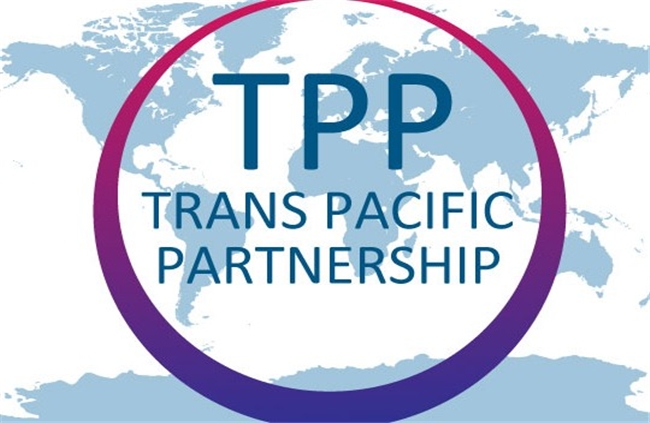 |
At the Taking Stock report, the international lender published a special section on the TPP Agreement, in which it argues that the TPP is expected to generate considerable benefits for Viet Nam.
A boost for GDP growth rate
On economic impacts, the TPP could add as much as 8% to Viet Nam’s GDP, 17% of its real exports, and 12% to its capital stock over the next 20 years.
Despite various implementation challenges, the impact of the TPP on Viet Nam is expected to be positive.
The simulations suggested that the TPP would spur Viet Nam’s real GDP to over 8% by 2030 thanks to fewer tariffs on its exports especially garments and textiles. So far, the U.S. still applies 17% of import tariffs.
Wider export opportunities
The TPP would pave the favorable way for Viet Nam to penetrate and expand its export markets. As almost all tariffs and non-tariffs on industrial and agricultural products will be eliminated or gradually reduced, both export and import activities will strengthen thanks to fewer trade costs.
TPP would boost trade growth towards trade liberalization.
Diversifying exports
The TPP would diversify Viet Nam’s exports towards export-oriented manufacturing. The Southeast Asian country has transformed export structure from reducing raw materials and raising manufactured products.
According to the WB, the density of manufactured products is accounting for around 58% of total export turnover, but would rise additional 30% while other sectors like agriculture, petroleum, mining, and services would experience slightly decreases.
In addition, the international lender projected that the TTP would help Viet Nam deeply integrate into the global chain; create conditions on economic restructuring; encourage investment; and nuture a more competitive and creatitve economy.
However, the WB also forecast that in the short term Viet Nam would not be able to optimize abundant opportunities brought back by the TPP.
Viet Nam heavily relies on imported raw materials in garment and textile production. Around 60-90% of fibre was imported from China and Taiwan. Thus, a large proportion of Vietnamese exports will not meet TPP’s regulations on origin. The lender proposed domestic enterprises restructure; develop auxiliary industries; and control pollution by applying modern and environmentally-friendly technologies.
What the stars mean:
★ Poor ★ ★ Promising ★★★ Good ★★★★ Very good ★★★★★ Exceptional
Latest News
More News
- ESG implementation spurs bank progress (November 18, 2024 | 13:37)
- Green-digital transition must start with proper mindset (November 13, 2024 | 16:49)
- New Zealand shares sustainable development experience with Vietnam (November 13, 2024 | 15:55)
- Vietnam on the verge of green industrial revolution (November 12, 2024 | 15:57)
- VIR sustainable development conference opens in Hanoi (November 12, 2024 | 09:42)
- Taking the lead in dual transition for a greener Vietnam (November 11, 2024 | 17:00)
- Vietnamese consumers careful amid economic volatility (November 11, 2024 | 13:55)
- Quality must come first in chip mission (November 11, 2024 | 10:33)
- Vietnam's digital economy estimated to reach $36 billion in 2024 (November 07, 2024 | 13:52)
- Authorities looks to tackle influx of cheap foreign goods (November 07, 2024 | 10:44)




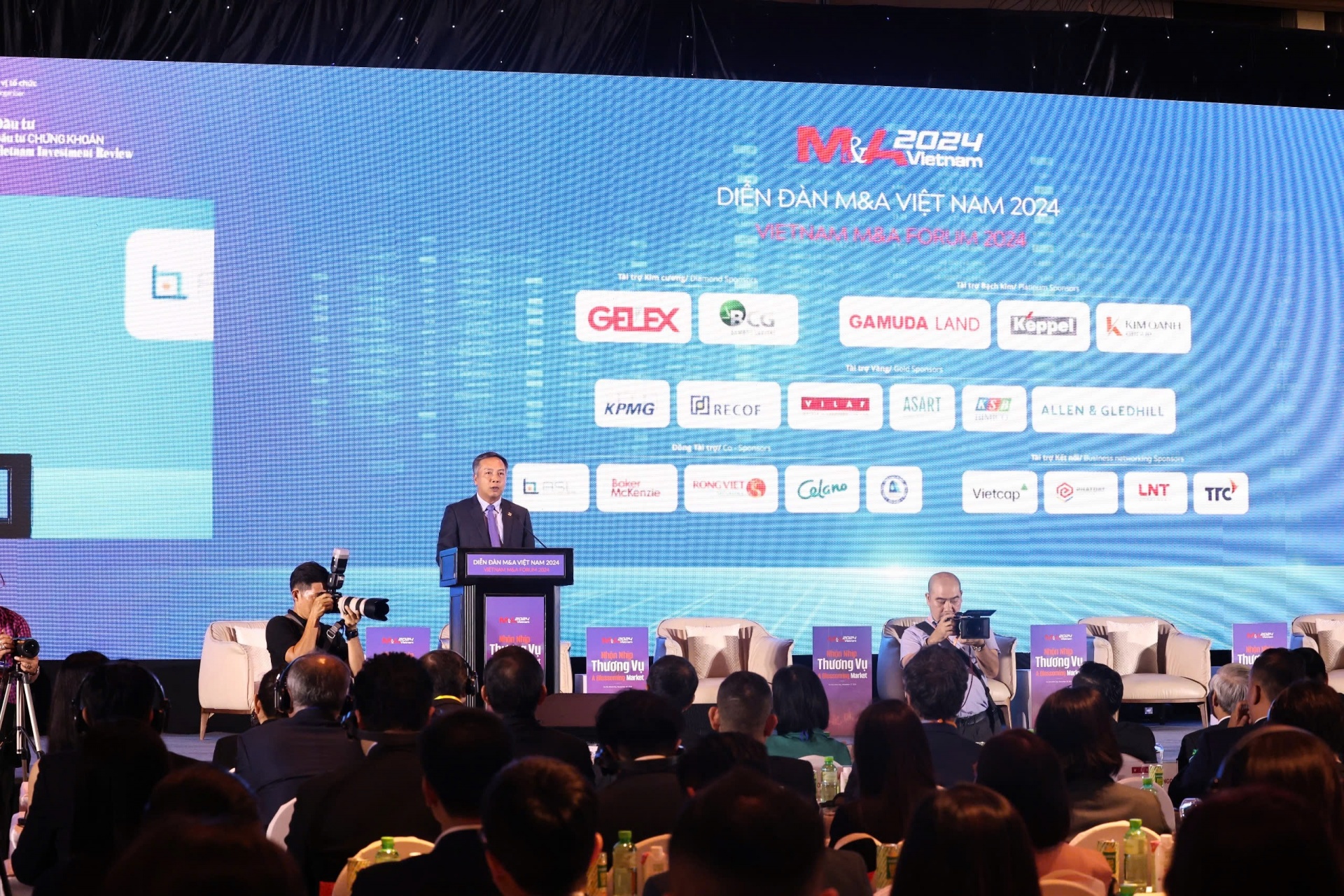
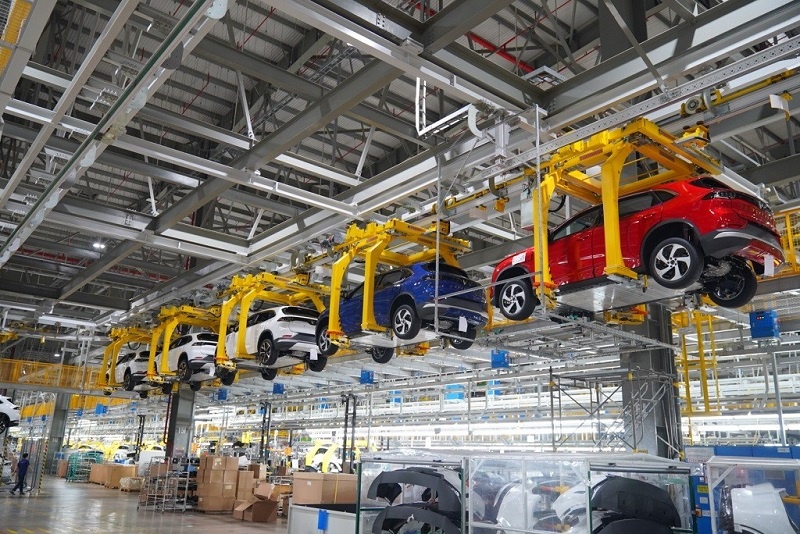

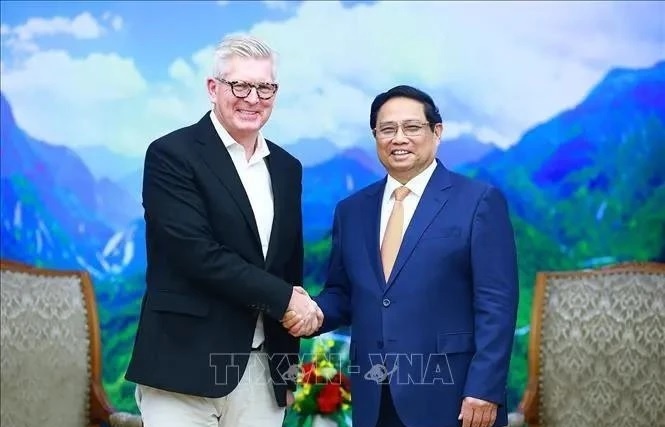

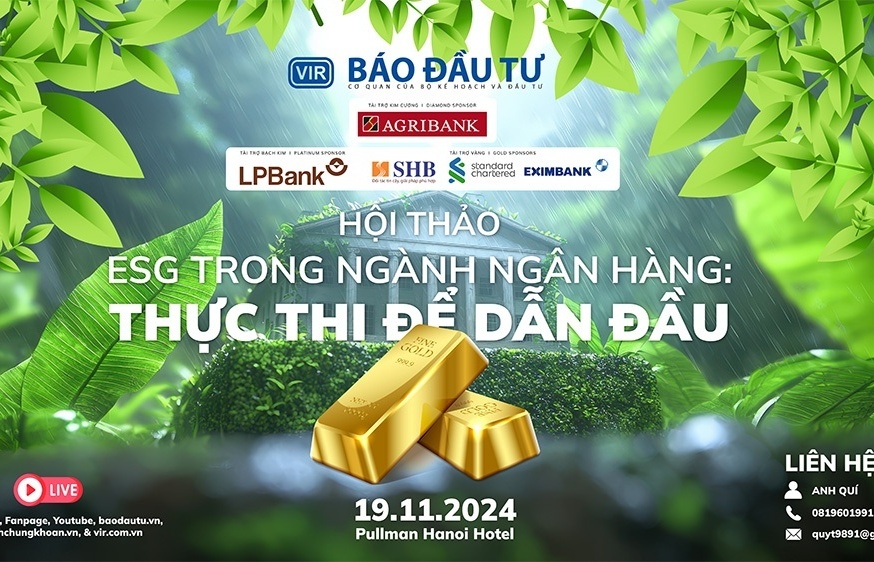






 Mobile Version
Mobile Version